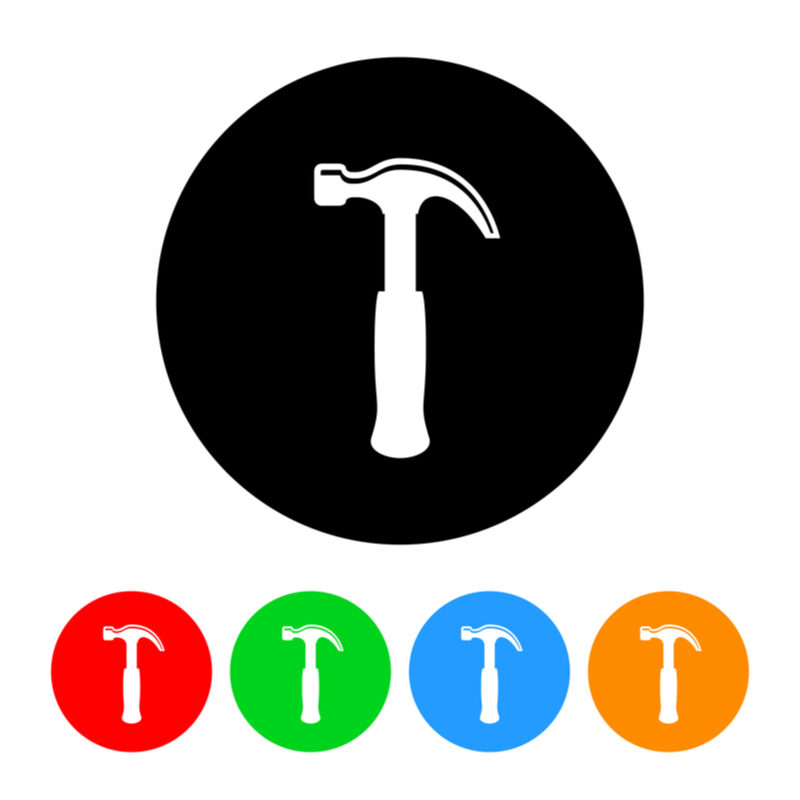Avoid Probate with a Living Trust: As the owner of the trust and the trustee, they control the property to the same extent as if the property was in their name.
By Ilyce Glink and Samuel J. Tamkin
Q: My mother (a widow) would like to put her home into a living trust to avoid probate. Before we do that, we have some questions.
First, does tax law allow for a step-up basis on the property if she were to die? Can she simply execute a quitclaim deed to put the property into the trust? And, can I create the trust for her without an attorney and can she administer the trust on her own thereafter?
Living Trust
A: Good for you and your mom for thinking ahead and doing some smart financial planning for her home. You’re right to try to avoid probate after your mom passes. Probate can be expensive and time consuming. Your idea to use a living trust is a good one. Your mom should be the beneficiary and trustee of the living trust.
As the owner of the trust and the trustee, she controls the property to the same extent as if the property was in her name. The added benefit of the trust is that upon any mental disability, the trust document can designate a successor trustee to handle her affairs and upon her death, the trust document would both designate a successor trustee and a successor owner of the trust.
As the beneficiary and trustee of her living trust, she retains the same ownership interest and tax basis in the property she had prior to the transfer. For Internal Revenue Service purposes, transferring her home to a living trust won’t change anything. It’s as if she still owned the property in her own name.
Having said that, other types of trusts can have a different tax impact, including transferring ownership of the property in stages to a different beneficiary. These tend to be more complicated to set up and administer.
What is Stepped Up Basis?
The stepped up basis is a tax concept that relates to the owner’s cost of a property with adjustments for improvements and the value of the property at the time the owner dies.
If your mom dies, and the property is worth $1,000,000 at the time of her death, the heir or new beneficiary of the trust would inherit the property at the stepped up value. If you sold the property for $1,000,000, you’d have no federal income or capital gains tax to pay because the cost to you for IRS purposes would be $1,000,000 and the sales price would be $1,000,000.
Transferring Ownership to Living Trust
Many people set up living trusts but forget to convey ownership of homes and other property from their personal names to the name of the trust. Yes, you can prepare a quitclaim deed or any other type of deed that would transfer your mom’s ownership in the property to the living trust. The important thing is to make sure that at the end of the day the owner of the property is the living trust, and not your mom.
Professional Help with Living Trusts
We usually tell our readers that they should have a professional help them with the conveyance from the person’s name to the person’s living trust. That professional can be an attorney, settlement agent or other knowledgeable person in real estate that has handled these cases before. You need to make sure that it’s done correctly otherwise all the work will be meaningless and you could find yourself in probate or facing an unexpected tax bill.
If you hire an attorney to prepare the living trust, ask if they can prepare the deed to convey the property into the living trust. If you decide to create the living trust yourself, that step would be up to you. But you need to know that as with the deed transfer, if you do it wrong, all your hard work might be for naught.
Lastly, you don’t need a professional to administer a living trust. The owner, your mom, would be the trustee of the trust and would handle her property affairs just as she did when she owned the property in her own name. There would be no need to hire anybody to do anything for her with the finances of the property. For practical purposes, as the trustee of the property, she’d still pay the bills and take care of the property.
©2022 by Ilyce Glink and Samuel J. Tamkin.
